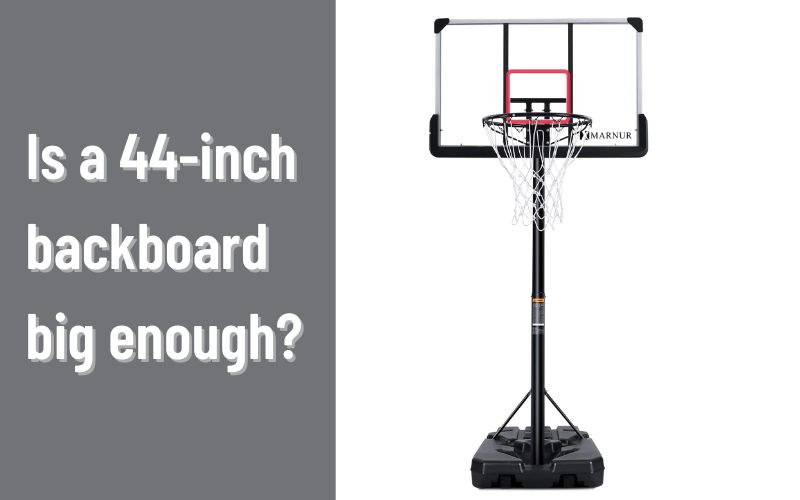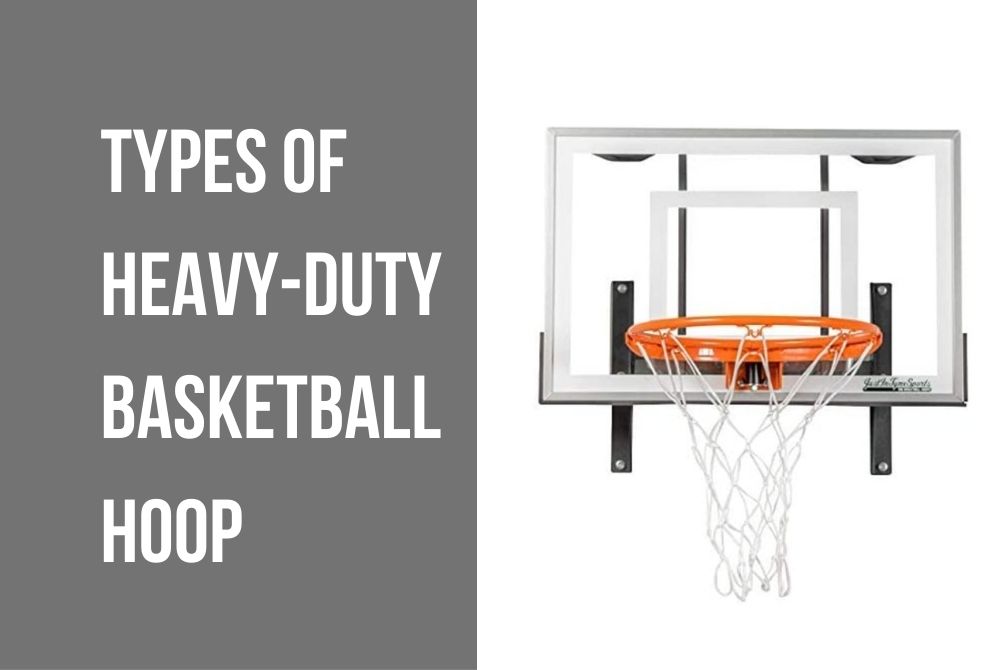The choice between sand and water for filling a basketball hoop base largely depends on personal preference and the intended use of the hoop. Both sand and water have their own unique benefits and drawbacks.
Sand provides a stable and permanent base that does not need to be refilled and is useful for outdoor hoops that will be used frequently.
On the other hand, water is a more affordable option that is easy to adjust the weight of the base and can be drained to move the hoop, making it a better option for indoor or infrequently used hoops.
Ultimately, the choice between sand and water as a filling for a basketball hoop will depend on the individual’s specific needs and preferences.
Sand vs Water for Filling a Basketball Hoop Base
When considering the filling for a basketball hoop base, two common options are sand and water. Sand provides stability and permanence to the base, making it a good choice for outdoor hoops that will see frequent use.
On the other hand, water is a more affordable option that can be easily adjusted and drained, making it ideal for indoor or infrequently used hoops. The choice between sand and water ultimately depends on the user’s specific needs and preferences.
For those looking to stabilize a portable basketball hoop without sand or water, there are several effective alternatives. These can include adding weight with weighted bags, improving stability with base plates and anchors, and increasing cushioning with padding.
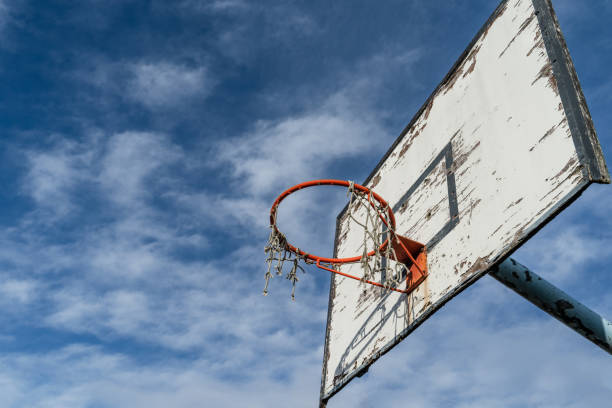
Water
The portable basketball hoop can be easily balanced down by using water, which is a stress-free method. It is a breeze, and it can be done in a very short amount of time.
The rapid loss of water due to evaporation is one of the drawbacks. When this occurs, there is a chance that the hoop may become less stable as a consequence.
The most effective method for overcoming this challenge is to periodically inspect the system and make certain that it is refilled; in other words, to make up for the water that has been lost due to evaporation.
An additional disadvantage of water is that it increases the likelihood of a fracture developing at the bottom of the basketball goalmouth. This does not often occur, but it is very essential that action be taken in response to it.
In the event that the base of the basketball hoop cracks, there is a good chance that water will escape. Because of this, the goalmouth can become less solid or perhaps collapse, which would put players at risk of injury.
You should look for holes in the system as often as you can so that you can stop anything similar from happening in the not-too-distant future.
Because doing so may cause damage to the system, the majority of manufacturers advise against allowing the water to get cooler as the winter season draws near. It is strongly recommended that a non-toxic antifreeze be used wherever possible in order to mitigate the impact of this negative.
However, antifreeze is not required for bases that are constructed of polyethylene plastic. This is because polyethylene plastic bases will expand when water freezes.
If you have pets, you should not use water that has been combined with antifreeze in the portable basketball foundation you use. This is for their own protection.
Both cats and dogs have a strong olfactory response to the fragrance of antifreeze, which, if swallowed, may be fatal.
Filling Instructions
- Learn which filler choice is acceptable by studying the manual that corresponds to your specific strategy.
- Put the basketball hoop on the floor in such a way that it will weigh on the perimeter while the base socket will be pointing up into the air.
- In order to prevent the hoop from rising as it is being penetrated, it is important to have an adult hold the shaft down.
- Remove the cap from the base.
- Utilize a farm tube to bring water up to the base, then split it into two separate shuffles at the cork so that it may be dispersed.
- Include at least one tablespoon’s worth of chlorine bleach in the mixture to prevent the growth of algae.
- Turn the base cap until it fits snugly over the fill hole.
- Slowly standing the system up on a level surface requires the assistance of two people.
Sand
In addition to the presence of water, there is also the component of sand. The foundation of a portable basketball hoop should be filled with sand, as recommended by the majority of portable basketball hoop manufacturers.
When measured in terms of the weight it contributes per gallon, sand contributes at least 13 pounds. On the other hand, one gallon of water has an average weight of around eight pounds.
A number of portable basketball goals might weigh as much as 35 liters each. When this is taken into consideration, sand will provide greater support and stability than water would.
In addition to that, when it fractures, it will become more obvious. And you will have sufficient time to find a solution to the issue before having to worry about the possibility that the goalmouth would fall, which might lead to injury.
Filling Instructions
- Learn how much you should spend on each filler choice by studying the specific approach guidebook for your method.
- Put the basketball hoop on the floor in such a way that it will weigh on the perimeter while the base socket will be pointing up into the air.
- In order to prevent the system from sloping upward as it is being permeated, it is important to have an adult hold the shaft down.
- Remove the cap from the base.
- Place a funnel in the empty space at the base, then load the dispense into the sand.
- Place the base cover over the fill chasm and secure it.
- Slowly standing the system up on a level surface requires the assistance of two people.
- Invest in at least one and no more than two sandbags costing 60 pounds each, and set them on top of the sand-filled foundation. This will provide an additional layer of protection and is especially important if you will be staying in weather that is gusty.
Which One Should You Choose?
Sand and water both offer their own set of benefits as well as drawbacks. If you acquire a portable basketball hoop with the intention of easily moving it from one location to another, you will want to fill the system with water rather than sand since water is far lighter than sand.
However, there are certain manufacturers that highlight the fact that the majority of people who have moveable hoops do not often move them. Therefore, if you want a portable basketball hoop that is more stable and sturdy, the most suitable material to use is sand.
Which Are the Other Options?
An additional option for your portable hoop is a particular gel known as “Base Gel,” the primary purpose of which is to make your system stable. Because the gel is comprised of an absorbent polymer, all that is required of you is to mix the water and the gel together.
This combination has the potential to reach a weight that is comparable to that of many sandbags. The basic gel is designed to be resistant to both freezing and thawing as well as mold growth, and it has a shelf life of several years.
Conclusion
Putting bags of sand at the base of your basketball hoop may provide extra stability, which is important if you want the hoop to remain upright. When it is time to move the loop, the sandbags are taken out of the system and replaced with fresh ones when the system is in its new location.
Alternately, if the foundation is made of water, you might replace it with a base gel, which is steadier and heavier than water. Determine which of your preferences is best for you. This is the most important step.
Don’t use the system if your foundation is damaged in any way, especially if it’s leaking or broken. Instead, place the hula hoop on the ground and contact an expert in the field.

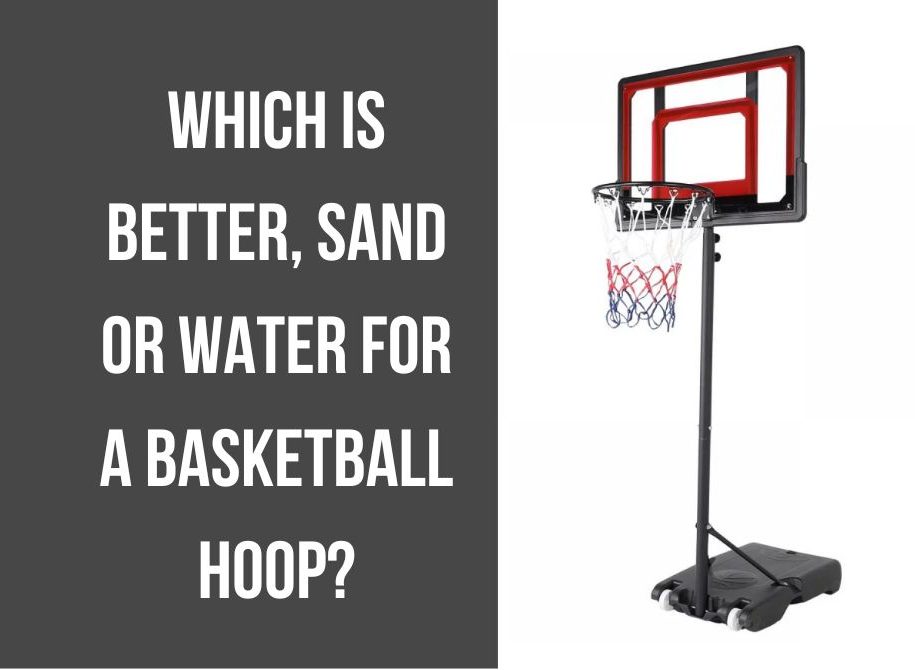

![How to Stabilize Your Basketball Goal? [Feature in 2023]](https://bestportablehoops.com/wp-content/uploads/2022/07/How-to-Stabilize-Your-Basketball-Goal.jpg)
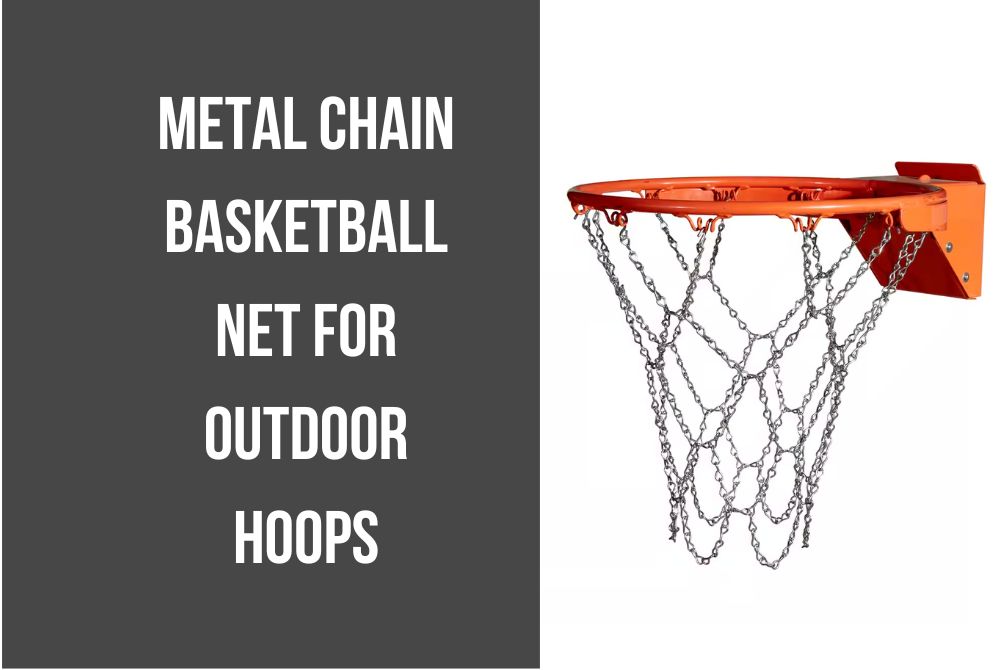
![How are lifetime Basketball Hoops? [Features and Suggestions]](https://bestportablehoops.com/wp-content/uploads/2022/07/How-are-lifetime-Basketball-Hoops-1.jpg)

